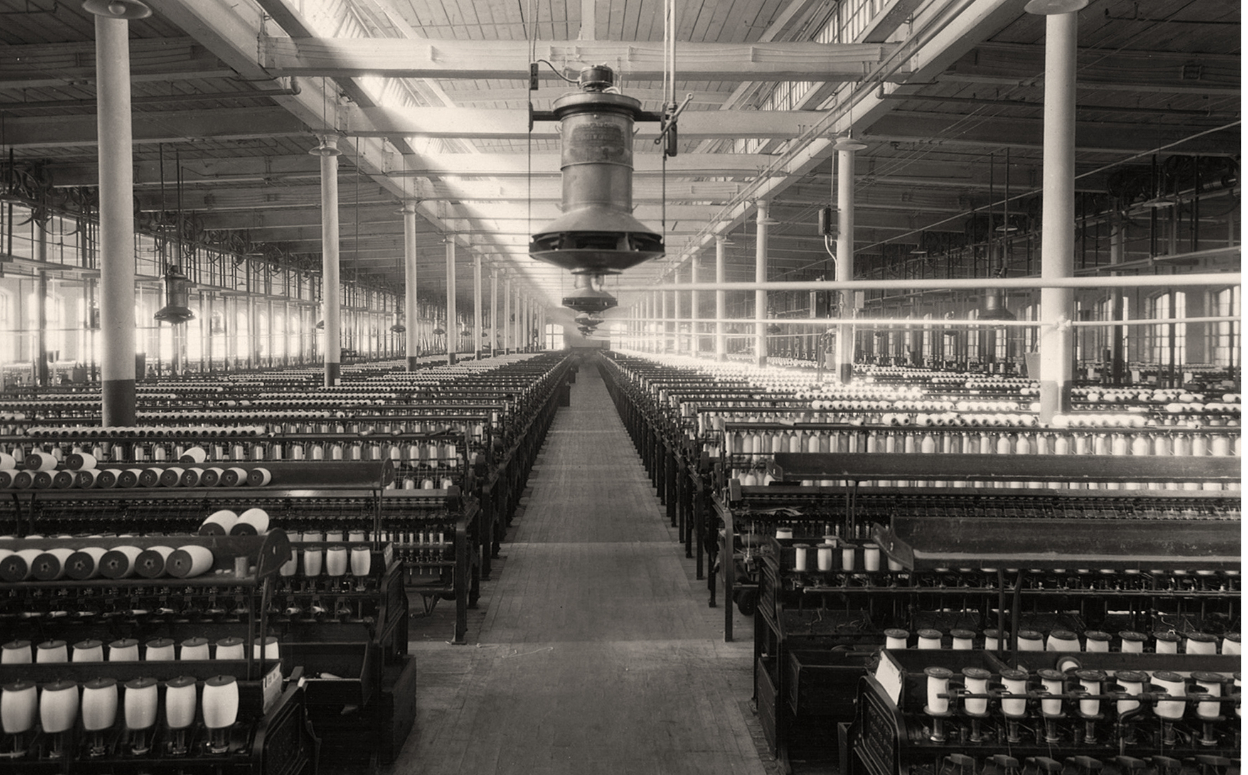Grist for the Mill
By Meredith Hardwicke, produced in cooperation with the HubCity Writers Project.
For those with a love of history in their blood, it’s no secret that Spartanburg is abundant in centuries-old treasures.
 And because Spartanburg is a community intent on preserving its heritage, there is no shortage of efforts here to preserve our historical landmarks for the next generation. Among Spartanburg’s historic gems is Anderson Mill. Tucked eight miles from downtown Spartanburg along the Tyger River Basin, this pastoral property is the legacy of the Andersons, a family of farmers living in the Moore area of Spartanburg who were among the first settlers in the county. The rustic mill sits on its original 200-year-old foundation, surrounded by a picturesque backdrop of stately rocks, luscious green space, and flowing water.
And because Spartanburg is a community intent on preserving its heritage, there is no shortage of efforts here to preserve our historical landmarks for the next generation. Among Spartanburg’s historic gems is Anderson Mill. Tucked eight miles from downtown Spartanburg along the Tyger River Basin, this pastoral property is the legacy of the Andersons, a family of farmers living in the Moore area of Spartanburg who were among the first settlers in the county. The rustic mill sits on its original 200-year-old foundation, surrounded by a picturesque backdrop of stately rocks, luscious green space, and flowing water.
 As historic as it is charming, Anderson Mill is a notable water-powered gristmill, a big economic deal in the Upstate in the 18th and 19th centuries. The Revolutionary era landmark also left an impression on the political landscape of Spartanburg as the “birthplace of Spartanburg County government” – the site of the first official court event held in the Spartanburg District in June of 1785. The mill has been called many things over time – Nicholl’s Fort, Nichol’s Mill and Tanner’s Mill among them – but gets its current name from Mr. James “Tyger Jim” Anderson, who acquired the mill in 1831.
As historic as it is charming, Anderson Mill is a notable water-powered gristmill, a big economic deal in the Upstate in the 18th and 19th centuries. The Revolutionary era landmark also left an impression on the political landscape of Spartanburg as the “birthplace of Spartanburg County government” – the site of the first official court event held in the Spartanburg District in June of 1785. The mill has been called many things over time – Nicholl’s Fort, Nichol’s Mill and Tanner’s Mill among them – but gets its current name from Mr. James “Tyger Jim” Anderson, who acquired the mill in 1831.
Located at the intersection of the North Tyger River and Anderson Mill Road, the eastern façade faces the river and features a metal water wheel that once generated power for the milling process. The mill’s original machinery includes a feed mixer, a self-rising mixer, scales, and a corn sheller, all which remain intact. The mill’s wheel gave its last spin in 1975, and three years later was listed on the National Register of Historic Places.
 These days, Anderson Mill has a promising future thanks to the efforts of the Tyger River Foundation, a Spartanburg-based non-profit dedicated to promoting, protecting, and restoring natural and historic resources along the Tyger River Basin. Since Anderson Mill is the only one of its kind to be considered capable of restoration, the Foundation acquired the mill and began restoration efforts.
These days, Anderson Mill has a promising future thanks to the efforts of the Tyger River Foundation, a Spartanburg-based non-profit dedicated to promoting, protecting, and restoring natural and historic resources along the Tyger River Basin. Since Anderson Mill is the only one of its kind to be considered capable of restoration, the Foundation acquired the mill and began restoration efforts.
In an effort to preserve the mill – which marries stories of Spartanburg’s history with a bucolic backdrop – the Foundation has worked for the last decade to make Anderson Mill and its surroundings a place for Spartanburg visitors and natives alike to appreciate. Volunteers have worked tirelessly to clear invasive plants from the site, and the Foundation endeavors to fully restore the mill back to an operational stage despite significant structural problems.
 Adjacent to the mill sits the 150-acre Greyrock Farms, the last operating family-owned dairy farm in Spartanburg County. Mike Anderson started the farm in 1957, and -keeping with the tradition of his ancestors – passed the farm on to its current owner, his son, James. The property, including both mill and farm, was granted to the Anderson family by the King of England, and hasn’t left the family lineage since.
Adjacent to the mill sits the 150-acre Greyrock Farms, the last operating family-owned dairy farm in Spartanburg County. Mike Anderson started the farm in 1957, and -keeping with the tradition of his ancestors – passed the farm on to its current owner, his son, James. The property, including both mill and farm, was granted to the Anderson family by the King of England, and hasn’t left the family lineage since.
The Anderson Mill Bridge acts as the liaison between the property and the public eye. The Tyger River Foundation supports the effort to make the existing bridge aesthetically pleasing and safe, and there are plans to open a future Anderson Mill Park, compete with pedestrian walkways with timber guard rails, a natural stonework façade, and stepping stones where a covered bridge once stood.
 Follow Anderson Mill Road through quiet neighborhoods and a sleepy, country landscape and the mill is there, resting next to hurried streams and green space with its family nearby. The hope is that, in the near future, this area will offer a welcome recreational space for everyone, whether you’re from downtown or from way down the road.
Follow Anderson Mill Road through quiet neighborhoods and a sleepy, country landscape and the mill is there, resting next to hurried streams and green space with its family nearby. The hope is that, in the near future, this area will offer a welcome recreational space for everyone, whether you’re from downtown or from way down the road.
Meredith Hardwicke, Produced in cooperation with the HubCity Writers Project.
 Meredith Hardwicke is a writer of copy, fiction, and features. A Spartanburg native, she travels often but always comes home.
Meredith Hardwicke is a writer of copy, fiction, and features. A Spartanburg native, she travels often but always comes home.





